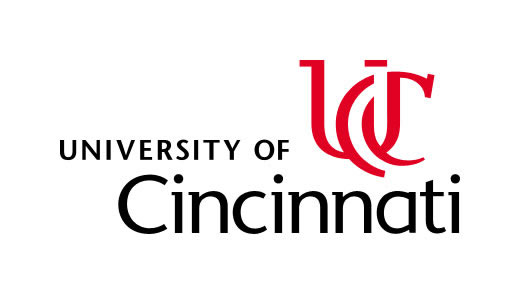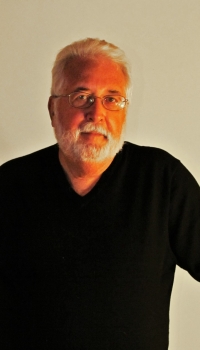Modern Aspects of Complex Geometry
A conference in honor of
Taft Professor David Minda
14-17 May 2015
Funded by the National Science Foundation, the Charles Phelps Taft Memorial Fund, the UC McMicken College of Arts & Sciences, and the UC Department of Mathematical Sciences

Room 800 Swift Hall

